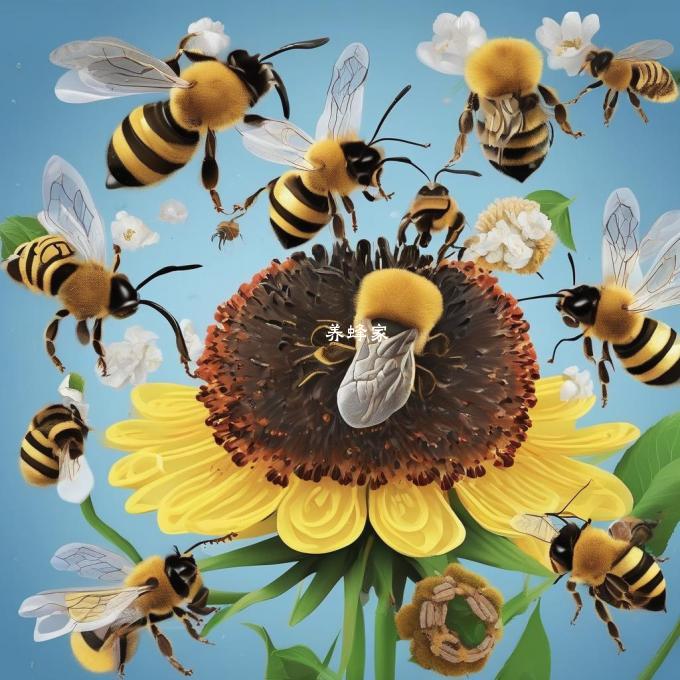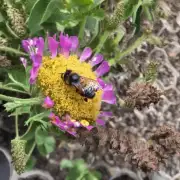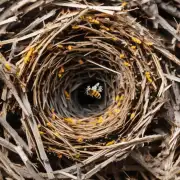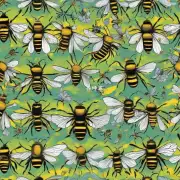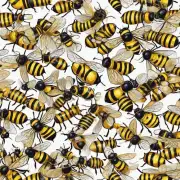如何才能找到蜜蜂并窝的威胁?
戴红梅
永远的绿色,永远的秦池。
Finding and Monitoring Bee and Beehive Threats
1. Observe bee behavior:
- Look for signs of activity, such as:
- Bees foraging actively
- Bees gathering nectar or pollen
- Bees building hives
- Bees defending themselves or their hives
2. Check beehives:
- Look for signs of damage, such as:
- Holes, cracks, or broken frames
- Missing bees or larvae
- Bees that appear stressed or agitated
3. Monitor bee colonies:
- Check local beekeeping forums, online resources, or government agencies for reports of bee stings or hive losses.
- Attend beekeeper meetings or workshops to learn about bee health and threats.
4. Use surveillance methods:
- Set up cameras or traps to monitor bee activity.
- Use motion-activated sensors to detect bee movement.
5. Report suspicious behavior:
- Contact local beekeepers, extension agents, or the National Honey Board if you see signs of a bee threat.
- Provide a detailed description of the bees, location, and any observed behavior.
6. Support beekeepers:
- Volunteer with local beekeepers or donate to organizations that protect bees.
- Advocate for bee-friendly practices and legislation.
7. Stay informed:
- Keep up with the latest bee health and pest information from reputable sources.
- Attend workshops and training sessions to learn about bee diseases and how to prevent them.
8. Protect bee habitats:
- Support sustainable landscaping practices that attract bees, such as planting bee-friendly flowers and shrubs.
- Reduce pesticide use, which can harm bees and their food sources.
9. Be patient:
- It may take time for bees to respond to threats, so be persistent in monitoring their behavior.
10. Act promptly:
- If you suspect a bee threat, take immediate action to protect bees and their habitats.
